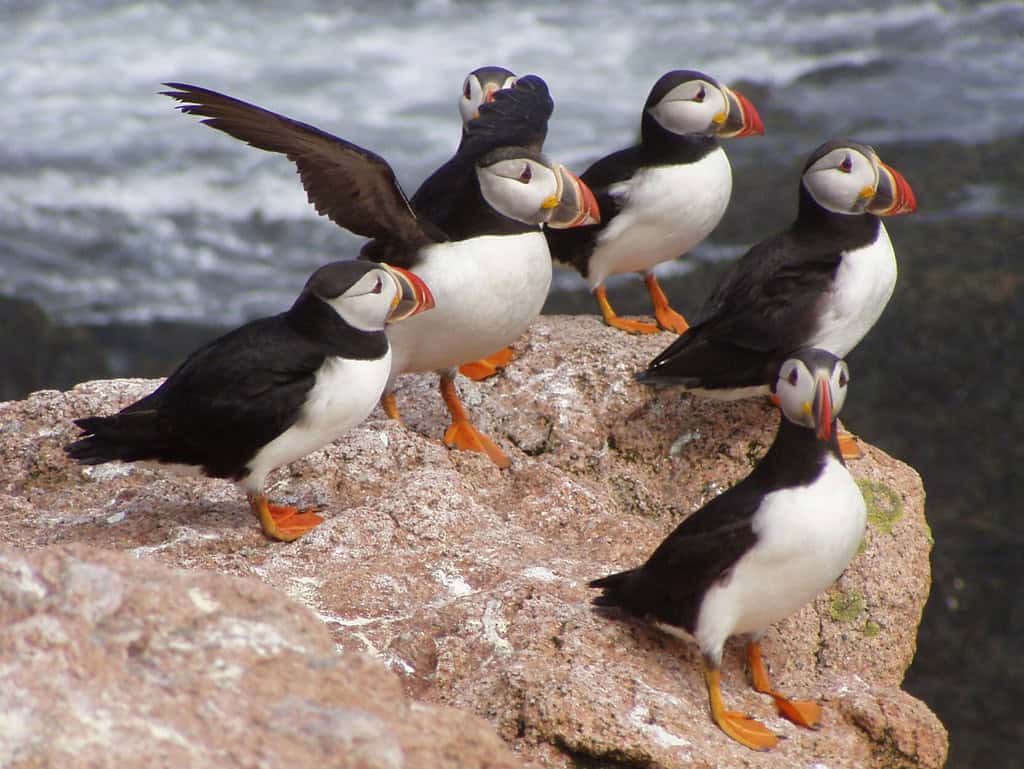The avian world is a kaleidoscope of color, but some birds take this chromatic display to extraordinary levels by actually changing the colors of their feathers. Unlike mammals who must shed and regrow fur to change appearance, certain bird species possess remarkable adaptations that allow their feathers to transform in hue and intensity. These changes may occur seasonally, during courtship displays, or even in response to environmental factors. From structural color shifts that depend on light angles to hormonal changes that trigger pigment alterations, the mechanisms behind these transformations showcase the incredible evolutionary adaptations birds have developed. This article explores 15 fascinating birds that can change the color of their feathers, revealing the science and wonder behind these avian chameleons.
The Science Behind Feather Color Changes

Bird feather colors come from two primary sources: pigments and structural colors. Pigments like melanin (blacks and browns), carotenoids (yellows, oranges, and reds), and porphyrins (pinks, browns, and greens) are chemical compounds that absorb certain wavelengths of light. Structural colors, however, result from the physical interaction of light with the microscopic structures of feathers, creating blues, iridescent greens, and purples through light scattering and interference. Color changes in birds typically happen through three mechanisms: physical wear that exposes different colored feather layers, structural changes in the feather nanostructure that alter light reflection, or complete molting where old feathers are replaced with differently colored new ones. Some species can even change the arrangement of nanostructures in their feathers to alter how light is reflected, creating dramatic shifts in appearance without growing new plumage.
American Goldfinch Seasonal Transformation
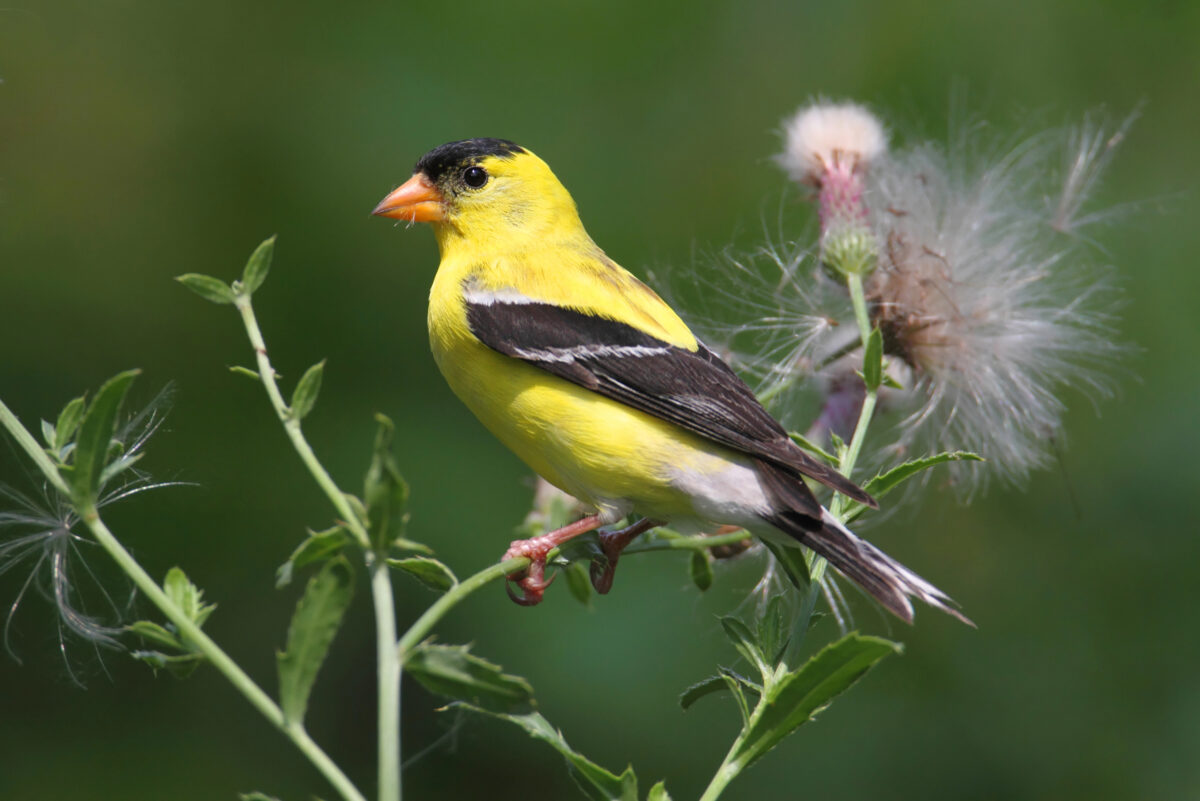
The American Goldfinch (Spinus tristis) undergoes one of the most dramatic seasonal color changes among North American birds. During breeding season, males display vibrant lemon-yellow bodies with contrasting black wings and a black forehead cap. However, as winter approaches, they molt into a much more subdued olive-brown plumage that provides better camouflage during the leafless months. This remarkable transformation is achieved through a complete molt rather than a change in the feathers themselves. What makes this change particularly interesting is the timing – the goldfinch is one of the latest breeding birds in North America, waiting until June or July when thistle seeds and plant down become abundant for nest building and feeding young. This synchronized timing between their brightest plumage and their breeding season maximizes their attraction potential to females when it matters most.
Mallard Duck The Eclipse Plumage
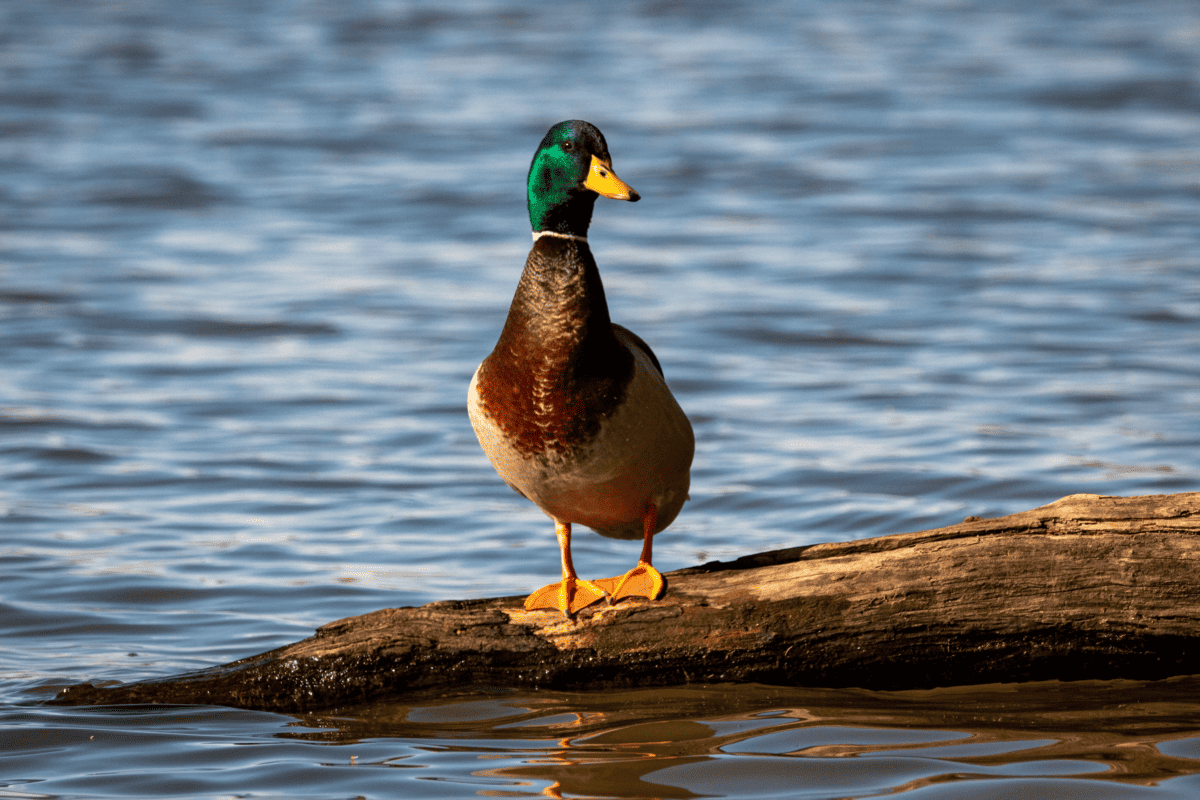
Male Mallard ducks (Anas platyrhynchos) showcase a fascinating phenomenon known as “eclipse plumage.” During most of the year, male mallards sport their iconic glossy green heads, yellow bills, crisp white neck rings, and chestnut breasts—plumage designed to attract females during breeding season. However, after breeding, males undergo a remarkable transformation by molting into a temporary brown camouflage plumage similar to females. This eclipse plumage serves a critical survival function during the vulnerable flightless period when they shed their flight feathers. Since the ducks cannot fly for several weeks during this molt, the drab coloration provides crucial protection from predators. By late summer or early fall, males begin another molt, returning to their brilliant breeding colors just in time for the next mating season. This temporary color change represents an elegant evolutionary solution to balancing between sexual advertisement and survival needs.
White-Throated Magpie-Jay Age-Related Color Change
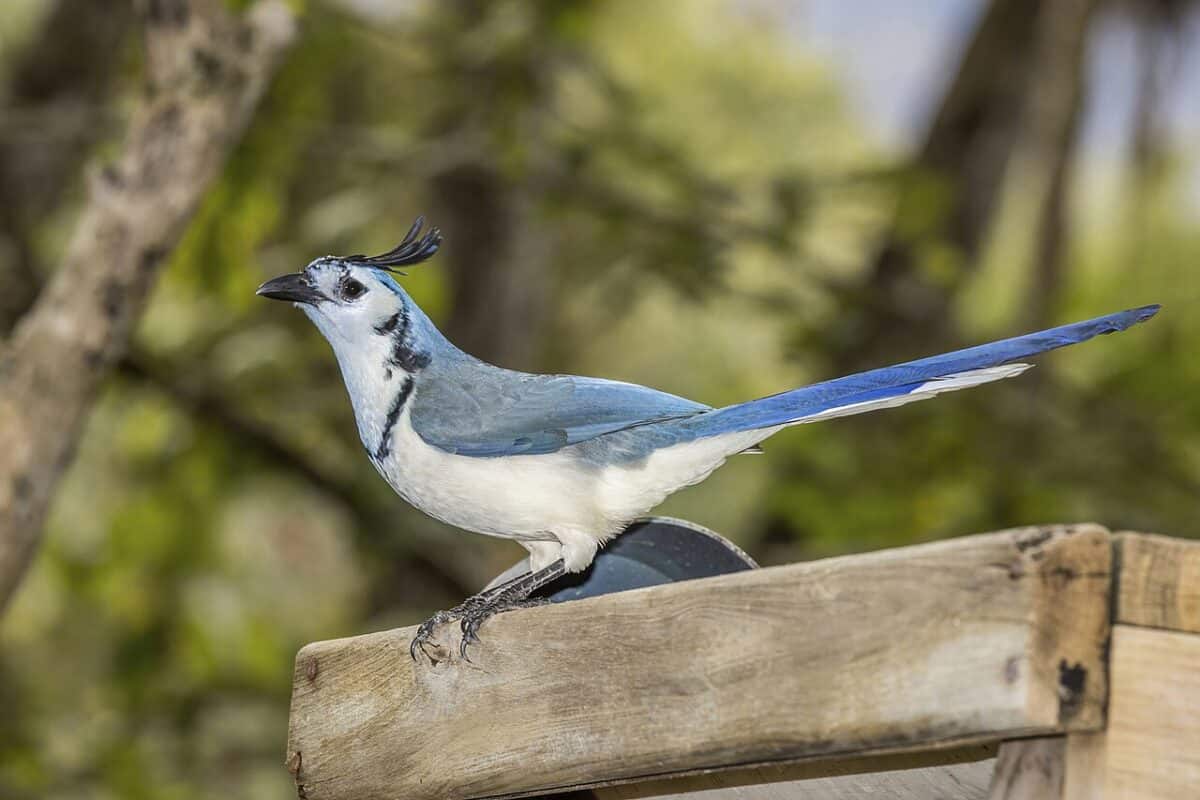
The White-throated Magpie-Jay (Calocitta formosa), native to Central America, demonstrates remarkable age-related color changes that signal maturity and social status. Young birds begin life with brownish-blue feathers and a partial or completely brown face mask. As they mature over a period of 3-4 years, their plumage gradually intensifies to a vibrant azure blue with crisp white underparts, and their facial mask darkens to a deep black. This gradual transformation serves as a visual indicator of age and breeding readiness to potential mates and competitors. Interestingly, these changes occur without complete molts—instead, the feathers’ structural properties change with age, altering how light is reflected from the feather barbs. This creates a living timeline visible in the bird’s appearance, with dominant breeding individuals displaying the most intense colorations. The magnificent crest feathers also become more developed with age, adding to their dramatic appearance change over time.
European Starling The Speckled Transformation
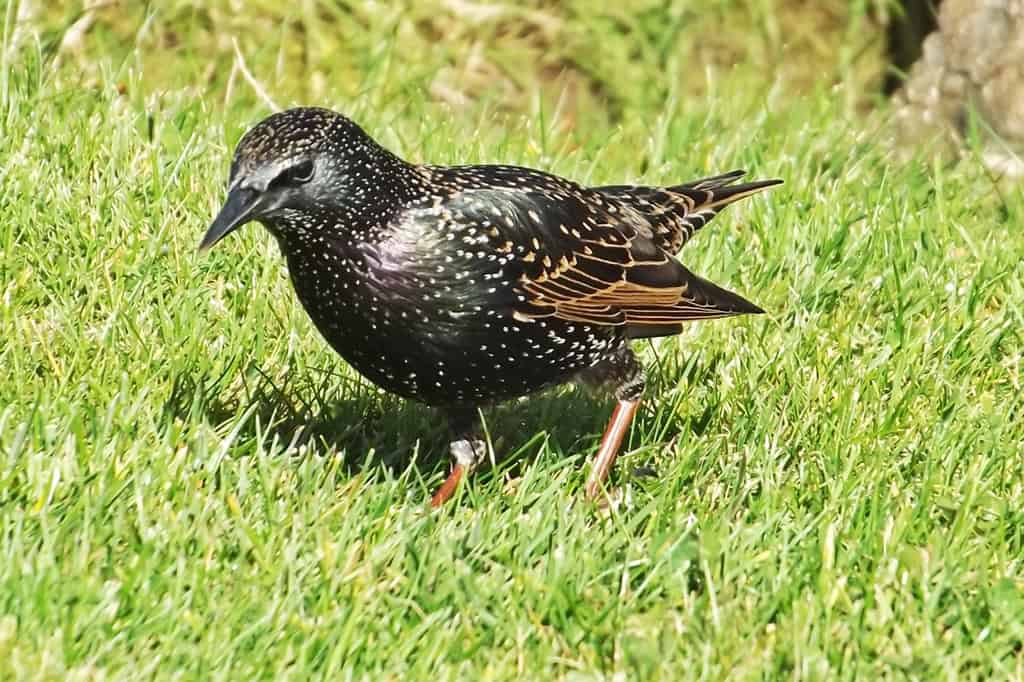
The European Starling (Sturnus vulgaris) exhibits one of the more subtle yet fascinating color transformations in the avian world. During winter, these birds display a speckled appearance with white spots covering their otherwise dark plumage. As spring approaches, rather than molting, the white tips of their feathers gradually wear away through abrasion, revealing the iridescent breeding plumage underneath. This iridescent plumage shimmers with purples, greens, and blues that change depending on the viewing angle. The transformation is so dramatic that winter and summer starlings appear almost like different species. This wear-based color change is an energy-efficient adaptation that allows starlings to transition to breeding colors without the physiological costs of growing an entirely new set of feathers. By summer, males display their full iridescent glory, with bright yellow bills that contrast dramatically with their glossy dark plumage—a perfect example of how mechanical wear can create a biological color transformation.
Magnificent Frigatebird The Inflatable Red Pouch

The Magnificent Frigatebird (Fregata magnificens) male possesses perhaps one of the most dramatic color-changing displays in the bird world. During breeding season, males develop a striking inflatable throat pouch that can expand from a barely noticeable flap of skin to a brilliant scarlet balloon-like structure that can reach the size of a basketball. This remarkable transformation occurs when males pump blood into the specialized throat sac, intensifying its red color and increasing its size dramatically. The display serves as a powerful visual signal to females soaring above, who select mates partly based on the vibrancy and size of this temporary color change. Outside of breeding season, the pouch deflates and fades to a much duller hue, becoming barely noticeable against the bird’s black plumage. This temporary physiological color change allows males to invest energy in visual displays only when reproduction is possible, creating one of the most spectacular and ephemeral color changes in the avian world.
Puffins The Seasonal Bill Transformation
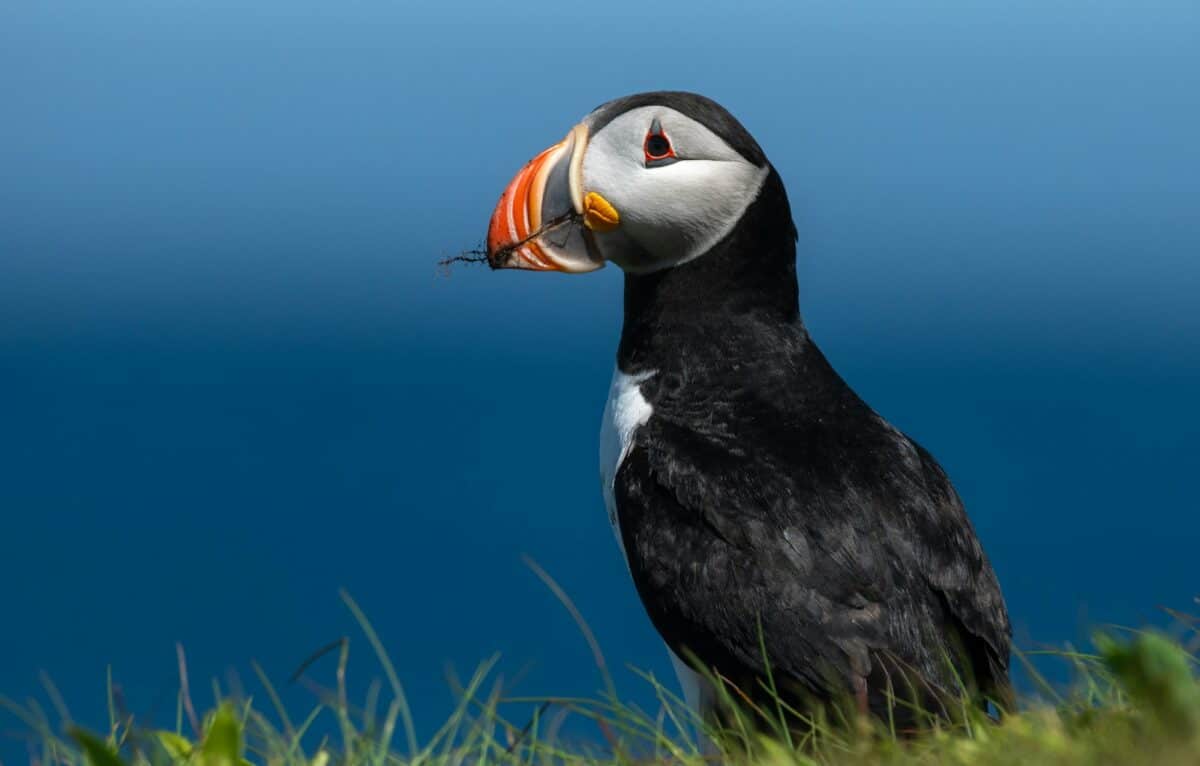
Atlantic Puffins (Fratercula arctica) undergo a remarkable seasonal transformation that affects both their bill color and facial appearance. During breeding season, their bills transform into brilliantly colored organs with vibrant orange, yellow, and blue-gray plates that give them their nickname “sea parrots.” Their facial area also develops distinctive gray cheek patches that enhance their colorful appearance. But what many observers don’t realize is that after breeding season ends, puffins shed the outer layers of their bills and the colorful plates drop off, leaving behind a smaller, duller bill for the winter months. Simultaneously, their facial plumage reverts to a pattern of darker feathers. This dramatic seasonal dimorphism means winter puffins look dramatically different from their summer counterparts. The transformation is so complete that early ornithologists initially classified winter and summer puffins as different species. This temporary color enhancement serves to attract mates during breeding season while requiring less metabolic maintenance during the challenging winter months.
Ruff The Breeding Plumage Explosion

The male Ruff (Calidris pugnax) undergoes one of the most dramatic physical transformations in the bird world. During non-breeding seasons, these shorebirds display unremarkable grayish-brown plumage. However, as breeding season approaches, males grow an extraordinary neck “ruff” of elongated feathers that can vary in color from white, black, and chestnut to brown or combinations of these colors. No two male ruffs have exactly the same coloration pattern, making each individual unique. Additionally, facial feathers are replaced with colorful, warty tubercles in yellow, orange, or red hues. This extraordinary transformation serves a specific purpose in their unique mating system, where males gather at communal display grounds called leks. There, they perform elaborate dances to attract females, with their individual ruff patterns serving as recognition signals. After breeding season, they molt back to their plain appearance. This extreme seasonal dimorphism represents one of nature’s most dramatic examples of how birds can transform their appearance for reproductive purposes.
Scarlet Tanager The Hidden Red Revealed
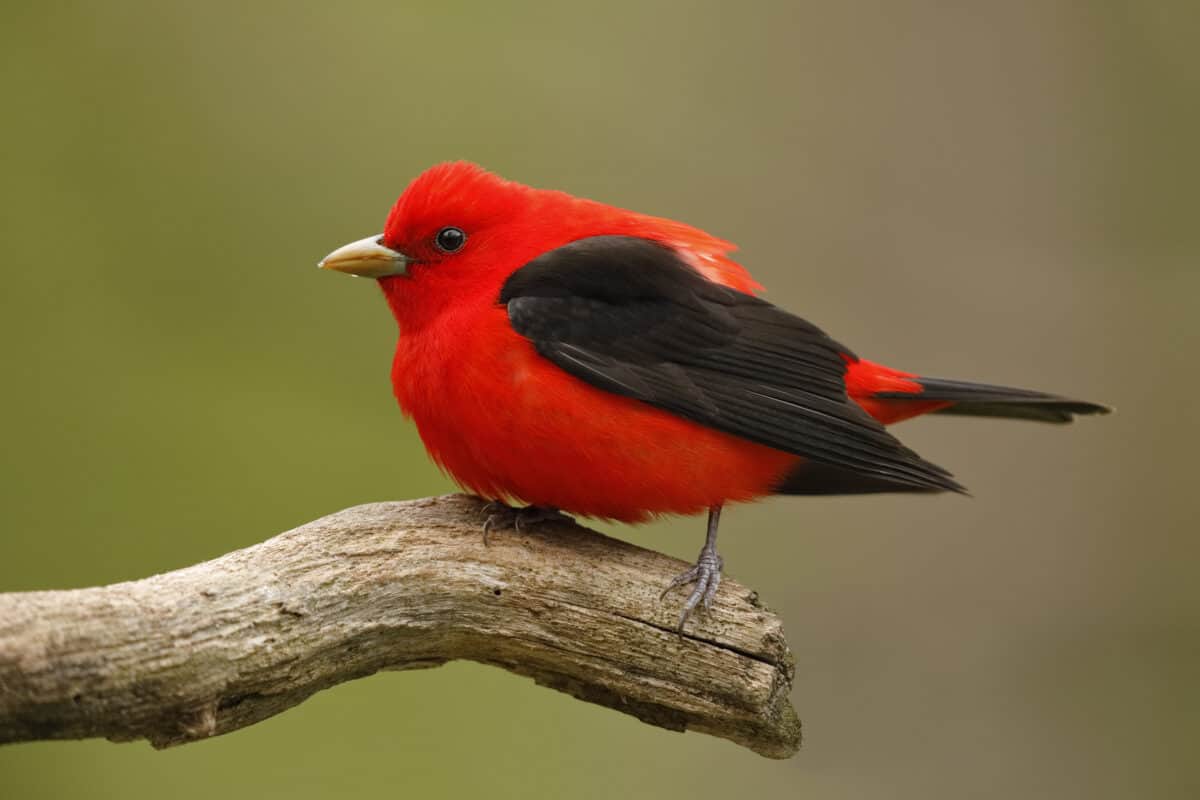
The male Scarlet Tanager (Piranga olivacea) exemplifies one of the most striking seasonal color transformations among North American songbirds. During breeding season, males display brilliant scarlet-red bodies with contrasting jet-black wings and tail—a stunning combination that makes them appear like tropical visitors in eastern forests. However, as fall approaches, males undergo a complete molt that transforms them into yellowish-green birds with dark wings, closely resembling females and juveniles. What makes this transformation particularly interesting is that the bright red of breeding plumage comes from carotenoid pigments that must be acquired through diet. The tanager cannot produce these red pigments internally but must consume carotenoid-rich foods like fruits and certain insects to achieve their brilliant breeding colors. When examined closely during the transitional molt period, individual birds may show a patchwork of red and green feathers, creating a strange, mottled appearance until the transformation is complete. This seasonal change helps provide camouflage during migration to their South American wintering grounds.
Ptarmigans Masters of Seasonal Camouflage

Ptarmigans, particularly the Rock Ptarmigan (Lagopus muta) and Willow Ptarmigan (Lagopus lagopus), are the ultimate masters of seasonal color adaptation. Living in harsh arctic and subarctic environments, these grouse relatives undergo complete color transformations three times annually to maintain perfect camouflage. In winter, they display pure white plumage that blends seamlessly with snow. As spring arrives, they molt into a mottled brown and gray breeding plumage that matches thawing tundra. By late summer, they transition again to a grayer autumn plumage. These changes are accomplished through complete molts rather than color changes within individual feathers. What makes ptarmigans remarkable is the precise timing of these changes, which must align with seasonal conditions. In years with early or late snowfall, ptarmigans can be dangerously conspicuous if their molt timing doesn’t match environmental conditions. Their feathers also have unique insulating properties, with winter feathers being more densely structured with additional air pockets for insulation, demonstrating how their color changes serve multiple adaptive functions beyond mere appearance.
Great Cormorant The Bronze Breeding Sheen

The Great Cormorant (Phalacrocorax carbo) demonstrates a subtle yet distinctive seasonal color transformation that enhances its breeding appearance. During non-breeding seasons, these large waterbirds display primarily black plumage with minimal ornamentation. However, as breeding season approaches, adult birds develop a remarkable bronze-green iridescent sheen that overlays their dark feathers, giving them a metallic appearance that shifts with changing light conditions. Adding to this transformation, breeding adults develop distinctive white thigh patches and facial markings, along with a blue eye-ring that intensifies in color. Their throat pouches also become more colorful, often displaying yellow or orange hues. These changes occur through both wear of feather tips and physiological changes in the skin and bare parts. The iridescent quality comes from the structural composition of their feathers, which selectively reflect light wavelengths differently as hormonal changes alter the microscopic structure of the feather surface. After breeding, these enhanced features gradually fade as the birds return to their more subdued non-breeding appearance.
Hawaiian Honeycreepers Diet-Induced Color Changes

Several species of Hawaiian honeycreepers, particularly the ‘I’iwi (Drepanis coccinea) and ‘Apapane (Himatione sanguinea), exhibit a fascinating phenomenon where their brilliant red plumage can actually change intensity based on their diet. These birds’ vibrant crimson colors come from carotenoid pigments acquired through their nectar and insect diet. Research has shown that when these birds feed extensively on certain native plants rich in specific carotenoids, their red plumage becomes more intense and brilliant. Conversely, when native food sources are scarce or when the birds consume introduced plant species with different carotenoid profiles, their red coloration can become noticeably duller or more orange-tinted during subsequent molts. This diet-dependent color variation creates subtle differences among populations depending on habitat quality and native plant availability. This phenomenon has taken on conservation significance, as biologists can sometimes assess ecosystem health by monitoring the color intensity of honeycreeper populations, with birds in pristine native forests typically displaying more vibrant plumage than those in degraded habitats.
Painted Bunting The Gradual Transformation
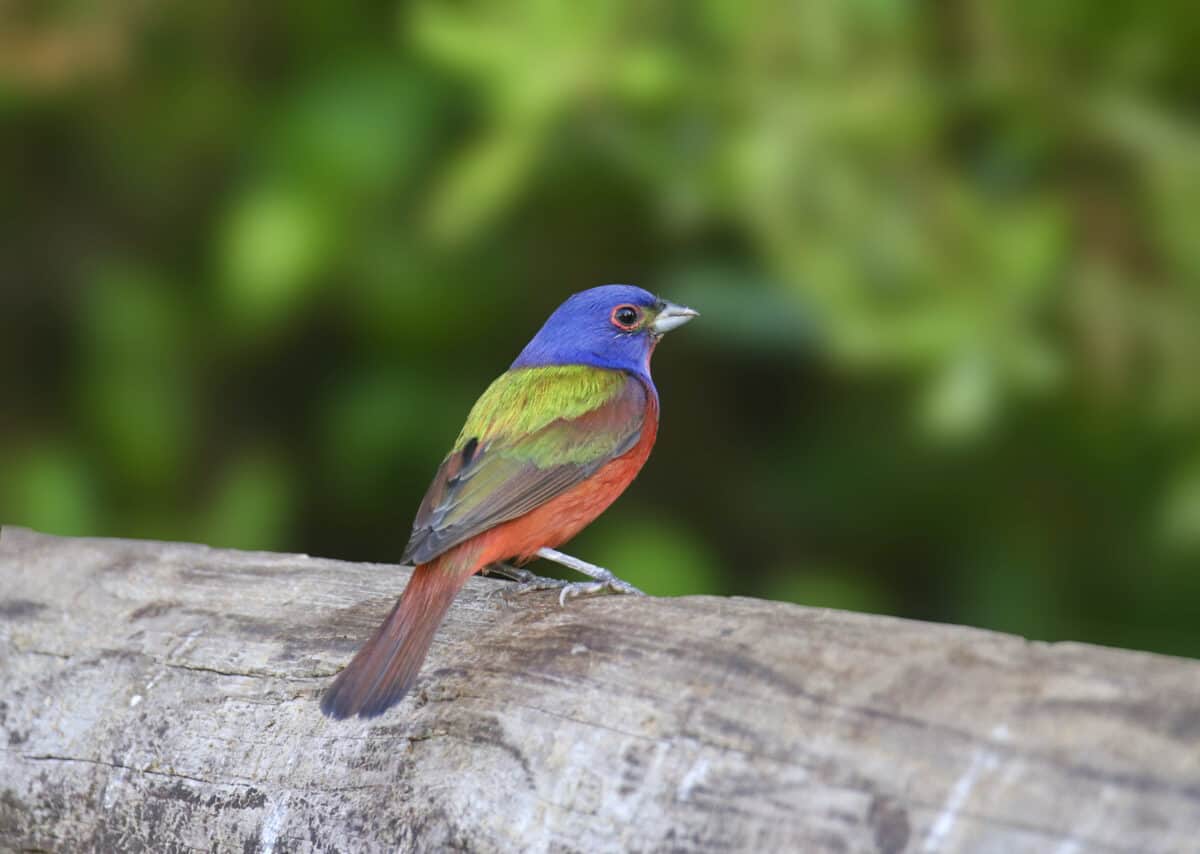
The male Painted Bunting (Passerina ciris) undergoes one of the most striking developmental color transformations of any North American songbird. Male buntings begin life with the same yellowish-green plumage as females, but unlike most colorful birds that acquire adult plumage after their first molt, painted buntings require two years to achieve their full, spectacular colors. During their second year, males enter an unusual “patchwork” stage where they display a bizarre mix of their juvenile greenish feathers alongside emerging patches of the blue, red, and green that will eventually form their adult plumage. This transitional plumage creates what appears to be an unfinished painting, giving these second-year males a unique, mottled appearance. Only after their second complete molt do males finally achieve the brilliant multi-colored plumage for which they’re named—vivid blue heads, red underparts, and green backs. This gradual transformation serves as a visual indicator of male age and experience, with females generally preferring the fully transformed older males with their complete color display, creating a visual hierarchy among competing males.
Satin Bowerbird Age-Determined Iridescence

The male Satin Bowerbird (Ptilonorhynchus violaceus) of Australia demonstrates one of the most prolonged and dramatic color transformations in the avian world. Young males begin life with the same olive-green plumage as females, but unlike most birds that acquire adult coloration after a single molt, male bowerbirds require an astonishing seven years to complete their transformation. During this extended period, males gradually develop glossy blue-black feathers that slowly replace their juvenile plumage. The transition creates years of “in-between” birds with patchy combinations of olive and glossy blue-black feathers. What makes this color change particularly fascinating is that it’s based on structural colors rather than pigments. The iridescent blue-violet sheen comes from the microscopic structure of the feathers that selectively reflect blue wavelengths of light. This extended transition period reflects the species’ complex mating system, where males build elaborate bowers decorated with blue objects to attract females. The gradual color change creates a visible hierarchy among males, with fully transformed older individuals typically securing the best display sites and attracting more females.
Blue Grosbeak The Molting Metamorphosis
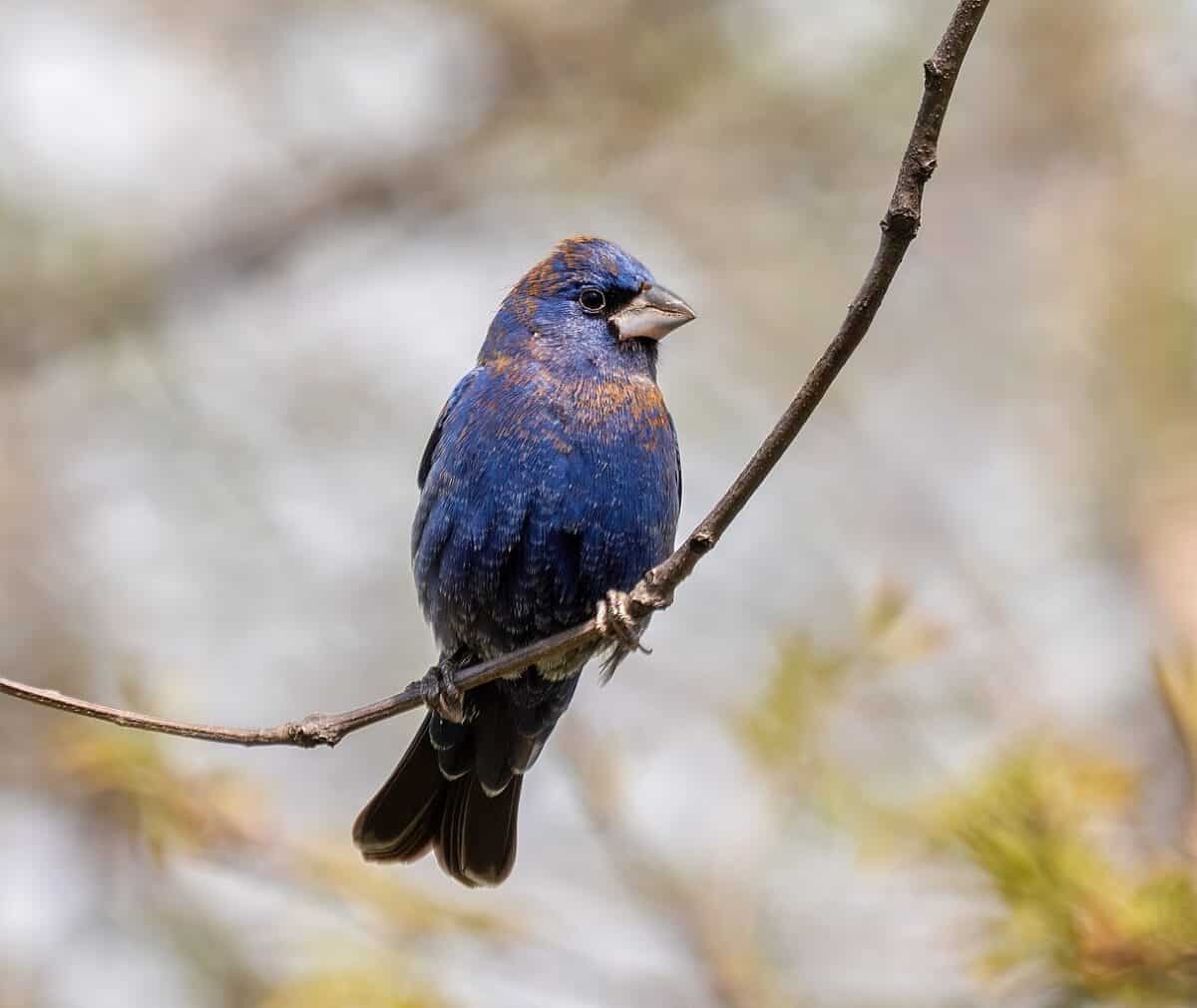
The male Blue Grosbeak (Passerina caerulea) undergoes a remarkable transformation from juvenile to adult plumage that showcases how molting patterns can create dramatic color changes. Young males begin life resembling females with primarily brown plumage with subtle blue tinges. Unlike species that require multiple years to acquire adult coloration, male Blue Grosbeaks transform through a single but complex molt pattern. As they transition to adult plumage, they develop a patchy, mottled appearance where brilliant indigo-blue feathers emerge alongside their juvenile brown feathers. This creates a unique transitional appearance where the birds look partially painted with vibrant blue patches contrasting against the remaining brown areas. What makes this transformation particularly interesting is that the blue coloration is structural rather than pigment-based—the feather structure scatters light to reflect blue wavelengths while absorbing others. By their second breeding season, males display their full, rich blue plumage with distinctive rusty wing bars. This transformative process can be observed in real-time during the molting period, with individuals showing progressive
Conclusion:

The ability of birds to change the color of their feathers—whether gradually over years or suddenly with seasonal triggers—is a testament to the extraordinary adaptability and evolutionary ingenuity of the avian world. These transformations serve crucial functions: attracting mates, signaling maturity, blending into changing environments, or conserving energy. From pigment-dependent changes influenced by diet to complex structural alterations that manipulate light itself, each method reveals a different facet of nature’s creativity. Whether through a puffin’s vibrant bill, a goldfinch’s seasonal molt, or a frigatebird’s inflatable pouch, these feathered marvels remind us that bird coloration is far more than surface beauty—it’s a living strategy for survival, communication, and reproduction. As we continue to study these color-changing species, we gain deeper insights into the intricate relationship between form, function, and environment in the natural world.
- 15 Birds With Color Changing Feathers - August 11, 2025
- Discover the Fascinating World of Long-Neck Dinosaurs - August 11, 2025
- 10 Most Powerful Earthquakes That Shook the US to Its Core - August 11, 2025

